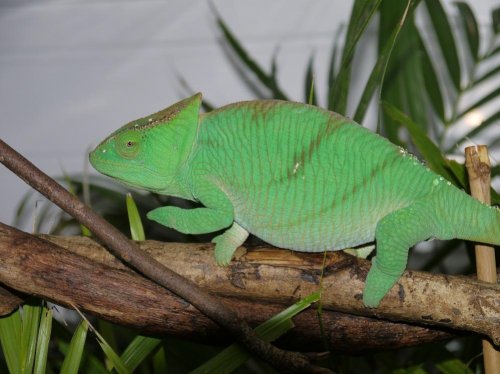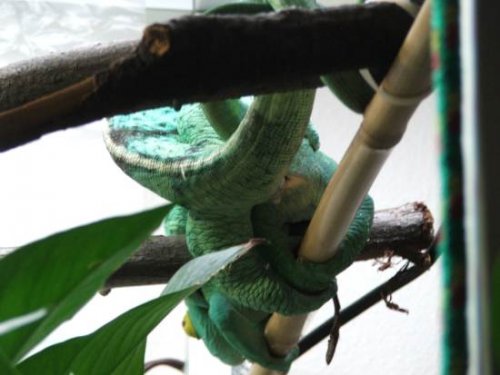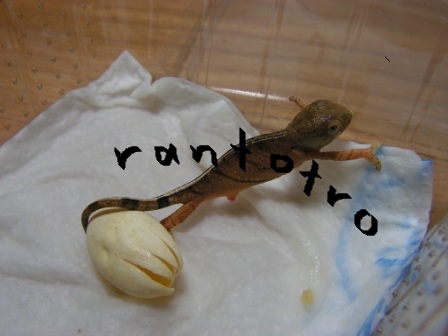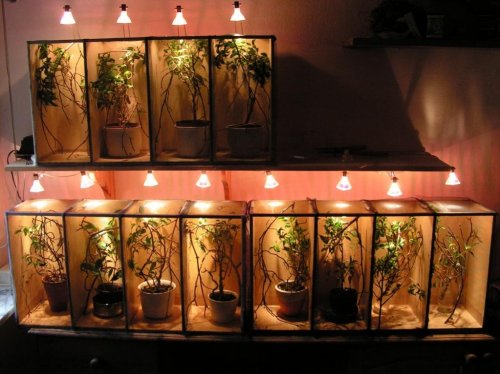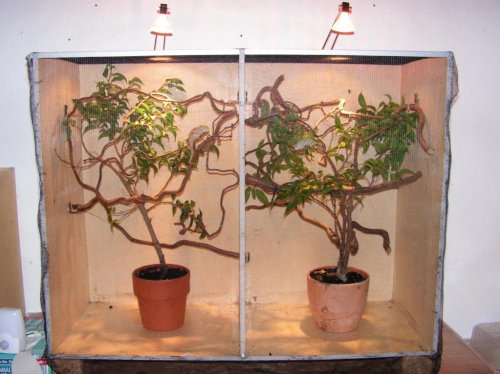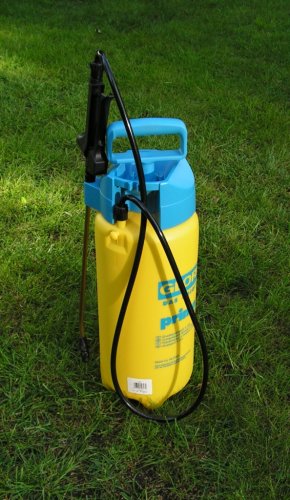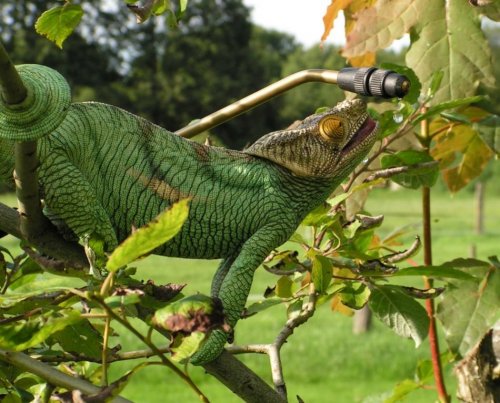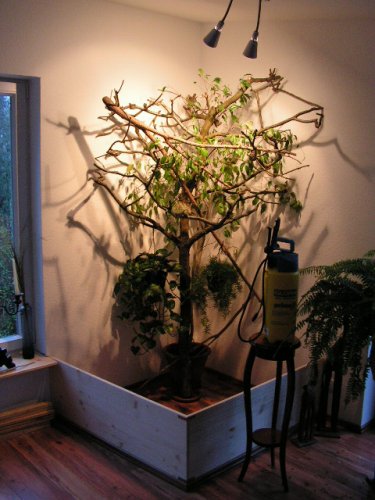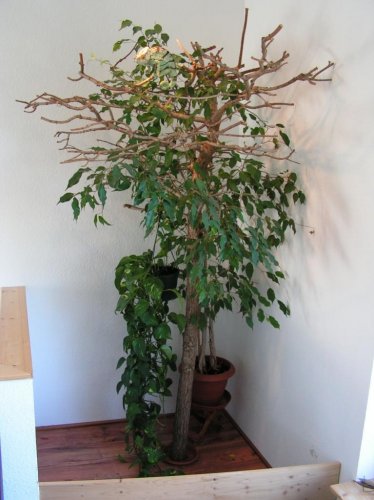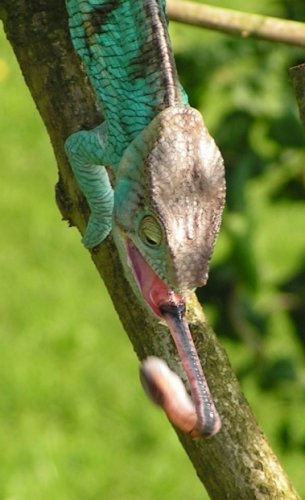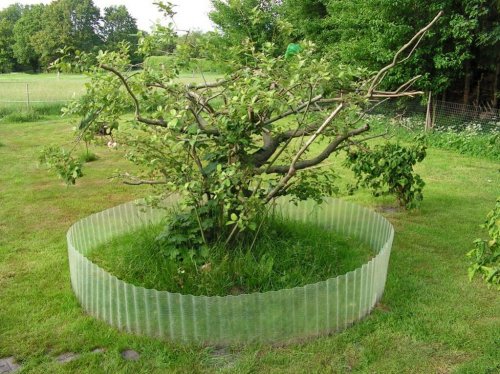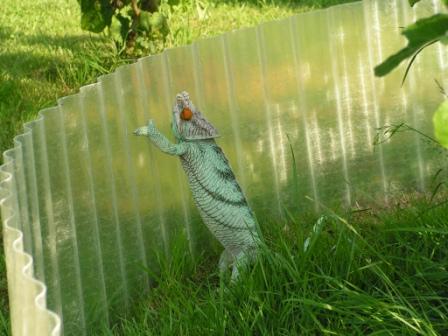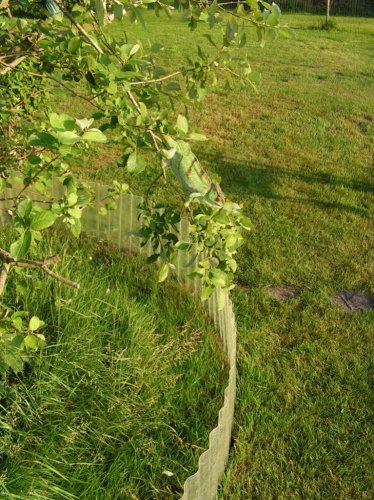Chuck G
Avid Member
Hi Andreas,
great thing you´d also share yiur informations in the english Forums
I really like this attitude of yours. Keep up the good work!
Did you see that the female that i just had to sell turned out to be a male?
At least that´s what i think.
In addition to her growing horns i also noticed that she got those black stripes on her head when stressed today, that i have only seen in males by now.
What do you say?
Best regards
Robin
View attachment 60041
I think that is a young male.




